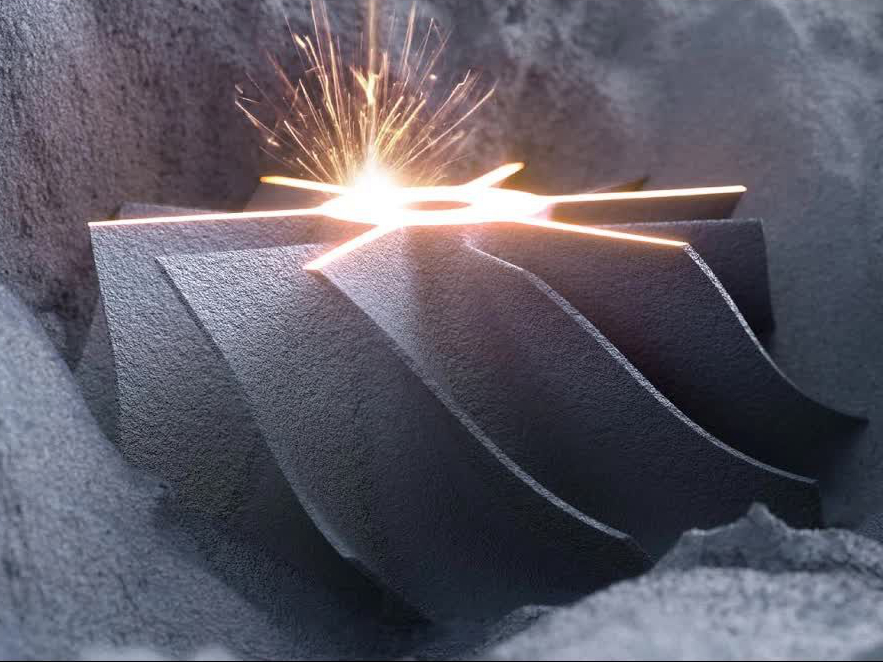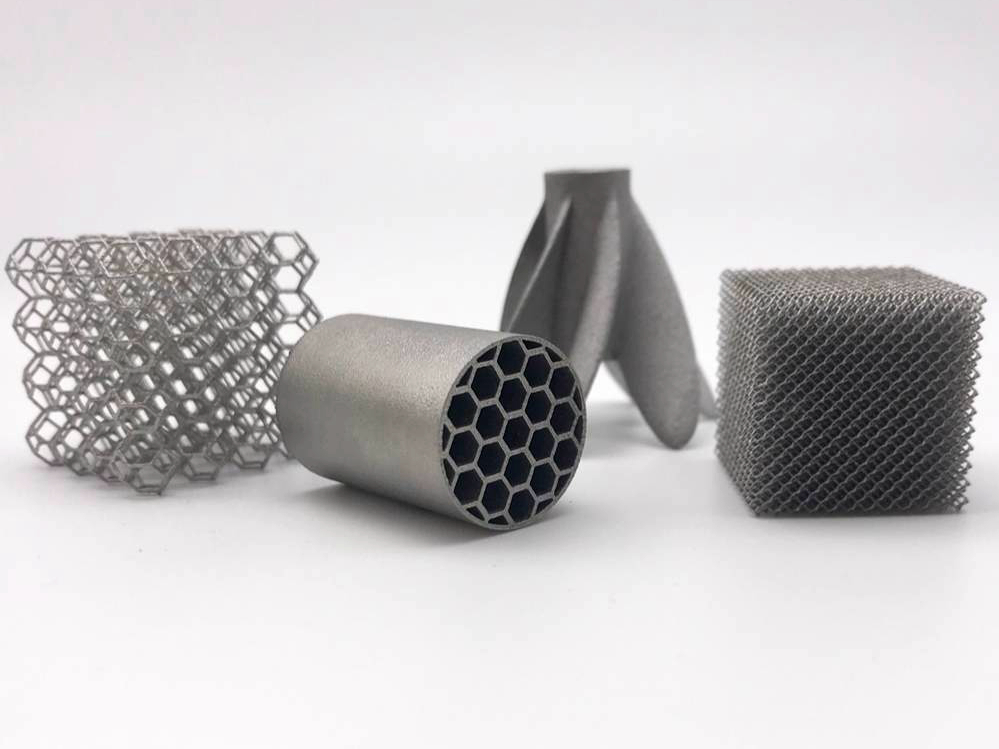What Are The Typical 3D Printing Technologies Used In Custom Parts Manufacturing?
 3D printing, or additive manufacturing, has significantly transformed custom parts manufacturing across industries. From aerospace to automotive, 3D printing offers a unique ability to produce complex geometries and bespoke designs with minimal lead time, reduced costs, and enhanced precision. Below are the most commonly used 3D printing technologies for custom parts manufacturing, each with distinct applications, benefits, and material considerations.
3D printing, or additive manufacturing, has significantly transformed custom parts manufacturing across industries. From aerospace to automotive, 3D printing offers a unique ability to produce complex geometries and bespoke designs with minimal lead time, reduced costs, and enhanced precision. Below are the most commonly used 3D printing technologies for custom parts manufacturing, each with distinct applications, benefits, and material considerations.
Key 3D Printing Technologies for Custom Parts Manufacturing
The choice of 3D printing technology depends on the material, application, and required precision. Below are the most widely used technologies:
Fused Deposition Modeling (FDM): FDM extrudes thermoplastic material, such as ABS or PLA, layer by layer. Commonly used for prototypes, tools, and low-volume production runs, it produces parts with a tensile strength of 35 to 70 MPa, making it suitable for low-stress applications.
Stereolithography (SLA): SLA uses a laser to cure liquid resin, creating detailed parts with excellent surface finish and precision (typically ±0.05mm). SLA parts are widely used in industries requiring high detail, such as medical and consumer electronics.
Selective Laser Sintering (SLS): SLS uses a laser to sinter powdered materials, such as nylon or metal alloys, layer by layer. It creates parts with a tensile strength up to 70 MPa and is ideal for producing functional prototypes and end-use parts with complex geometries.
Direct Metal Laser Sintering (DMLS): DMLS uses a laser to melt and fuse metal powders, such as Inconel or titanium, to create fully dense, strong metal parts. DMLS parts exhibit mechanical properties comparable to those made through traditional methods, such as casting, making it ideal for aerospace and medical applications.
Material Jetting (MJ): Material Jetting deposits photopolymer droplets layer by layer, curing them with UV light. This technology produces high-resolution parts with excellent surface finish and precision (±0.1mm). It’s often used for creating parts with fine details, such as prototypes and small-batch production for consumer goods.
Binder Jetting: Binder Jetting involves depositing a liquid binder onto layers of powder material (metal, ceramic, or sand). Parts produced by this method have a lower density (typically 50-70%) and require post-sintering or infiltration to achieve full strength. It is suitable for large-scale production of metal parts or sand casting molds.
Benefits of 3D Printing in Custom Parts Manufacturing
Design Flexibility: 3D printing offers design freedom, allowing the creation of geometrically complex parts with features such as internal channels, organic structures, and lattice designs that would be impossible to produce using traditional methods.
Rapid Prototyping: 3D printing reduces prototyping lead time by 50-70%, enabling quicker iteration and testing of designs. This is particularly valuable in industries with tight timelines, such as aerospace and automotive.
Material Efficiency: As an additive process, 3D printing uses only the material needed to build the part, minimizing waste. This efficiency reduces costs and supports sustainable production practices.
Cost-Effectiveness for Low-Volume Production: 3D printing eliminates the need for expensive molds and tooling for custom or low-volume parts, making it more cost-effective than traditional manufacturing methods that require upfront investment in molds or dies.
Key Applications of 3D Printing in Custom Parts Manufacturing
3D printing is used across industries to produce customized, high-performance components. Below are some typical applications:
Industry | Applications | Benefits |
|---|---|---|
Aerospace | Engine components, turbine blades, fuel nozzles | High temperature resistance, lightweight |
Medical | Surgical implants, prosthetics, custom tools | Biocompatibility, precision, rapid prototyping |
Automotive | Engine parts, suspension components, custom tooling | Reduced weight, strength, cost-effective production |
Consumer Electronics | Housing, connectors, enclosures | Customization, rapid prototyping, precision |
Industrial Equipment | Gears, valves, machine components | Durability, high performance, complex designs |
Challenges of 3D Printing in Custom Parts Manufacturing
Despite its benefits, there are challenges associated with 3D printing technologies:
Surface Finish: Parts produced by 3D printing may have rough surfaces that require post-processing to meet final surface finish requirements. Technologies like SLA and MJ offer superior surface finish, while others like FDM and SLS may require additional machining.
Material Limitations: While 3D printing technologies have expanded the range of available materials, some high-performance materials may not be suitable for specific technologies. For example, metals and ceramics used in aerospace applications may require specific conditions, such as high temperatures or vacuum environments.
Build Size: Many 3D printing technologies have limitations on build size. Larger parts may need to be printed in sections and assembled afterward, which could affect the part's mechanical integrity.
Conclusion
3D printing technologies have revolutionized the manufacturing of custom parts, offering unparalleled advantages in terms of design flexibility, speed, and cost-efficiency. By selecting the right 3D printing technology, industries such as aerospace, automotive, medical, and consumer electronics can use faster prototyping, reduced production costs, and enhanced customization. As 3D printing continues to evolve, the ability to create complex, high-performance parts on demand will become a critical factor in competitive manufacturing.
FAQs
What are the key benefits of using 3D printing for custom parts manufacturing?
Which industries benefit most from 3D printing technologies?
What are the most common 3D printing technologies for custom parts manufacturing?
What are the challenges of 3D printing in custom parts manufacturing, and how can they be addressed?
How does the cost of 3D printing compare to traditional manufacturing for low-volume production?


